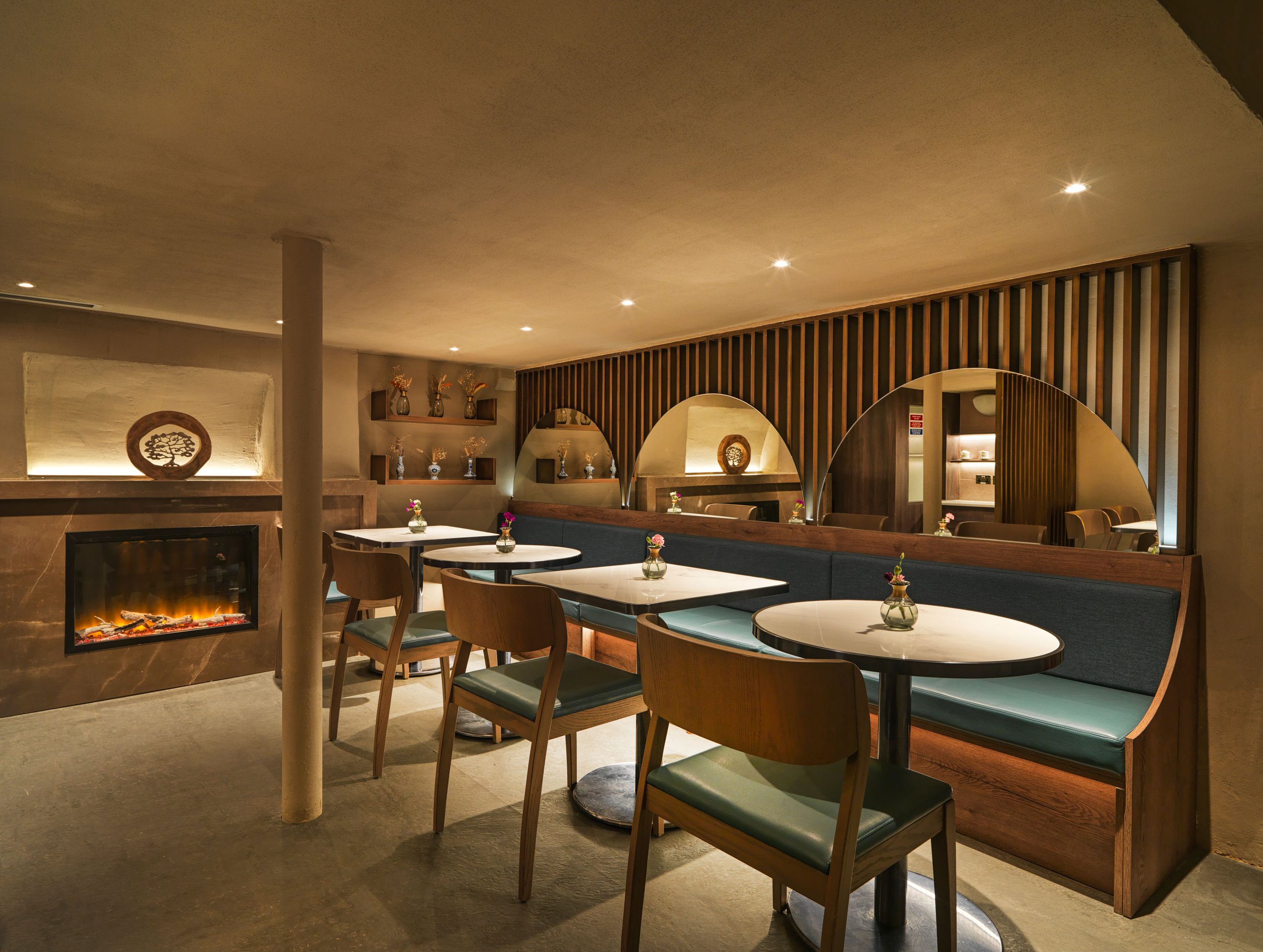Designing with Light: Why It Makes All the Difference
Lighting is one of the most powerful—and most underestimated—elements of interior design. You can have a beautifully conceived scheme, but if the lighting isn’t right, the space simply won’t work.
Whether you're designing a home, an office, a retail environment, or a hospitality space, the right lighting doesn’t just illuminate—it transforms. It enhances architecture, sets the mood, supports functionality, and brings depth and drama to the experience of the space.
Understanding the Layers of Lighting
Lighting design isn’t just about picking out attractive fixtures. It’s about what each light does—and how all the layers come together to support the way a space is used and experienced.
1. Ambient Lighting (General Lighting)
Purpose: The foundational layer—providing broad, overall illumination.
Examples:
Ceiling-mounted fixtures (pendants, chandeliers, flush-mounts)
Recessed downlights
Large-scale uplighting or indirect lighting
Natural light from windows, skylights, or glazed façades
Tip: Use dimmers or smart lighting controls to tailor the level of brightness throughout the day.
2. Task Lighting
Purpose: Targeted lighting for specific activities like reading, cooking, working—or anything that needs focus.
Examples:
Desk lamps in workspaces
Under-cabinet lighting in kitchens or retail counters
Vanity lights in bathrooms
Pendants over kitchen islands or meeting tables
Directional lighting in display or workshop areas
Tip: Ensure it’s bright enough to support the task but avoid harsh glare.
3. Accent Lighting (Mood & Feature Lighting)
Purpose: To highlight architectural features, artwork, textures—or simply to create atmosphere.
Examples:
Wall sconces or picture lights
LED strips under shelving or within joinery
Spotlighting for artwork, merchandise, or decorative surfaces
Concealed uplighting for ceilings or coves
Tip: Use contrast: accent lighting works best when it’s noticeably brighter (in a focused way) than its surroundings.
4. Decorative Lighting (The Sculptural Layer)
Purpose: Lighting that adds a visual focal point—designed to be seen, not just to light.
Examples:
Statement chandeliers in entrance halls, boardrooms, or hotel lobbies
Sculptural table and floor lamps
Art-inspired pendants over dining tables or reception desks
Note: These often serve a dual purpose—contributing to both ambient and accent lighting while elevating the aesthetic.
Why Layered Lighting Matters
In any interior—residential or commercial—layered lighting brings flexibility, nuance, and impact. It can:
Improve day-to-day usability
Allow the space to shift in mood throughout the day
Enhance wellbeing, productivity, and comfort
Add visual rhythm and depth
Emphasise brand, style, or personality
Whether you’re unwinding in your living room, showcasing a product line, or designing a collaborative workspace, well-planned lighting makes the experience feel seamless and intentional.
The Designer's Role
A professional designer doesn’t just help you choose light fittings—they craft a full lighting plan that supports your goals, aligns with your architecture, and brings clarity to a complex process.
They’ll consider sight lines, ceiling heights, light temperature, glare control, and integration with smart systems—alongside the emotional tone of the space. It's a holistic approach that elevates the result far beyond what a lighting showroom or Pinterest board can deliver.
Conclusion: An Investment That Pays Off
Lighting might not always be the first thing on your design wish list—but it should be close to the top. It has the power to make or break a space, functionally and emotionally.
Bringing in a designer ensures you get it right from the start. Whether you're renovating your home or launching a new commercial venture, the result is a space that not only looks good—but feels right, works well, and makes a lasting impression.
